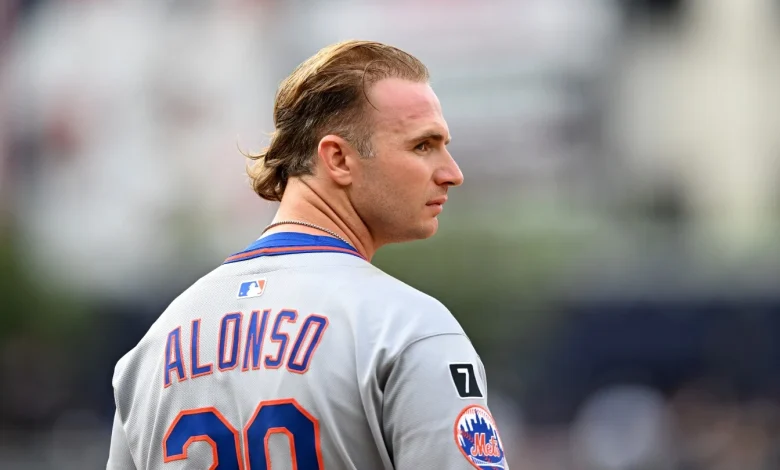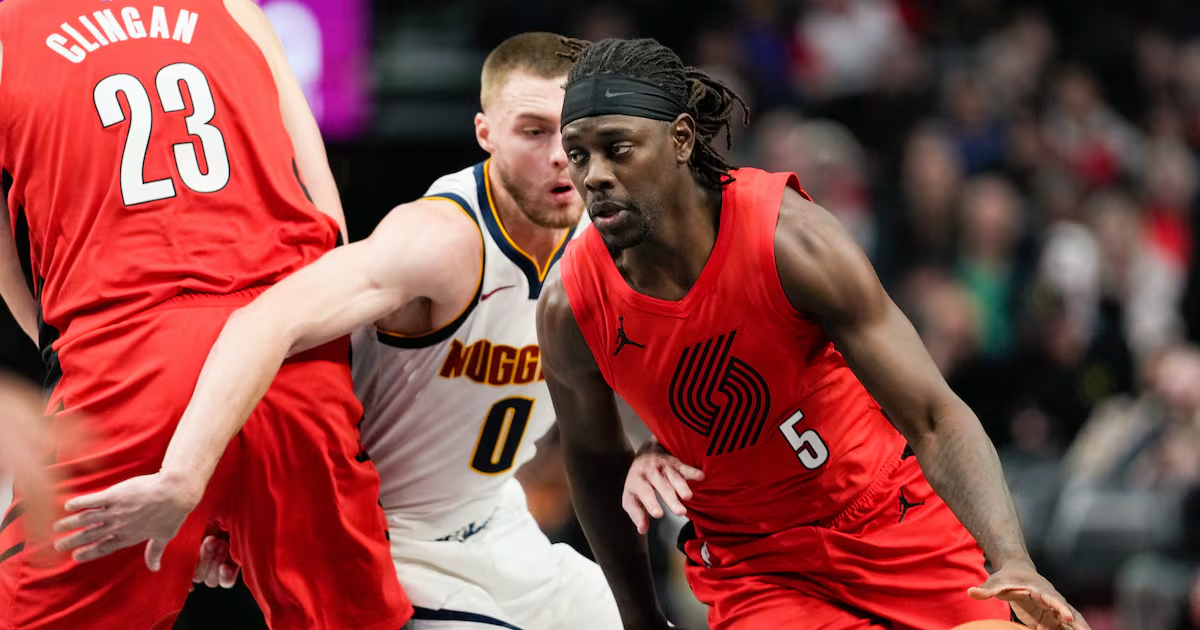2025 MLB Free Agency Guide: Top players, key dates, qualifying offers, how it works

While it’s true that the MLB season ends with the World Series, the wheels never actually stop spinning. That’s because free agency and the MLB Hot Stove essentially starts right away. And with that, so does the jockeying for position among those teams who view themselves as contenders for 2026.
Below is everything you need to know about MLB free agency, including important dates to know, the qualifying offer system, and the top names available in this year’s class.
👉 Don’t forget: Check out the Rotoworld player news feed for all the latest news, rumors, and transactions as MLB’s Hot Stove gets underway!
When does MLB free agency begin?
MLB free agency begins a day after the World Series concludes. Teams are free to negotiate with players right away, but players are not permitted to sign a contract with a new team until five days after the World Series concludes.
Who are the top expected MLB free agents this offseason?
- Kyle Tucker, OF (2025 team: Cubs)
- Kyle Schwarber, DH (2025 team: Phillies)
- *Pete Alonso, 1B (2025 team: Mets)
- Framber Valdez, LHP (2025 team: Astros)
- Bo Bichette, SS (2025 team: Blue Jays)
- Ranger Suárez, LHP (2025 team: Phillies)
- Dylan Cease, RHP (2025 team: Padres)
- *Cody Bellinger, OF/1B (2025 team: Yankees)
- *Alex Bregman, 3B (2025 team: Red Sox)
- *Edwin Díaz, RP (2025 team: Mets)
When are option decisions due?
Option decisions — whether it’s a mutual, player, or club option — are all to be decided within five days of the World Series concluding. Pete Alonso, Alex Bregman, Cody Bellinger, Edwin Díaz are noted with “stars” above, as they all have the ability to exercise their player options and hit free agency. Alonso, Bregman, and Bellinger are all reportedly set to opt out, while Díaz is a strong possibility to do so, as well.
What is a qualifying offer?
MLB teams have the ability to make a one-year qualifying offer to their impending free agents. Teams have until five days after the conclusion of the World Series to make such offers. Should those players decline and sign with another team, their previous team would receive draft pick compensation. The qualifying offer is determined by the average of the top 125 MLB contracts for a given year. This year’s qualifying offer is $22.025 million, which is an increase of 4.6 percent compared to last year’s $21.05 million figure.
Who is eligible for a qualifying offer?
- Impending free agents who have been on the same team since Opening Day
- Impending free agents who have never received a qualifying offer before
For example, Pete Alonso received a qualifying offer last year, so the Mets can’t do one again this offseason. However, it is a different situation for Kyle Tucker, who has not received one before. Like Alonso, Alex Bregman and Cody Bellinger also received qualifying offers last winter.
Eugenio Suárez, Shane Bieber, and Josh Naylor were traded during the season, so they cannot receive a qualifying offer.
Which players received qualifying offers last year?
Juan Soto, Corbin Burnes, Alex Bregman, Max Fried, Willy Adames, Pete Alonso, Anthony Santander, Teoscar Hernandez, Nick Pivetta, Christian Walker, Sean Manaea, Luis Severino, Nick Martinez
What is the deadline to accept a qualifying offer?
Players have until November 18 at 4 p.m. ET to decide whether to accept their qualifying offer.
What happens when a player declines a qualifying offer?
If a player declines a qualifying offer and signs a contract with a new team before the next year’s MLB Draft (in July), their previous team would receive draft pick compensation based on their payroll and revenue-sharing situations.
- Teams who pay the Competitive Balance Tax (the league’s highest-spenders) receive a compensation pick after the fourth round.
- Revenue sharing recipients would receive a compensatory pick after the first round (and before Competitive Balance Round A) if their former player signs with another team for more than $50 million guaranteed. They would receive a compensatory pick between Competitive Balance Round B and the start of the third round if their former player signs for less than $50 million guaranteed.
- Teams who don’t fall into the categories above will receive a compensation pick after Competitive Balance Round B regardless of the value of the contract.
How often does a player accept a qualifying offer?
It has been a rare occurrence. Of the 114 occasions that a player has been extended a qualifying offer since the system went into place in 2012, only 14 of them have accepted. Nick Martinez (Reds) was the only player to accept last offseason.
What happens if a team signs a qualifying offer free agent?
Any team who signs a player who rejected a qualifying offer will surrender a draft pick as well as international bonus pool money depending on their payroll situation.
First-round picks are protected, though a team’s first pick can be pushed back based on overall competitive balance tax spending.
- Teams who pay the Competitive Balance Tax will lose their second- and fifth-highest picks in addition to surrendering $1 million from their international bonus pool.
- Revenue sharing recipients will surrender their third-highest pick.
- Teams who don’t fall into the categories above will lose their second-highest pick in addition to surrendering $500,000 from their international bonus pool.
Can teams sign multiple qualifying offer free agents?
Yes, but this would result in a team surrendering additional draft picks and international bonus pool money.
For example, teams who pay the Competitive Balance Tax would also give up their third- and sixth-highest picks. Teams who receive revenue sharing would surrender their fourth-highest pick. Teams who don’t fall into those categories would give up their third-highest pick.





